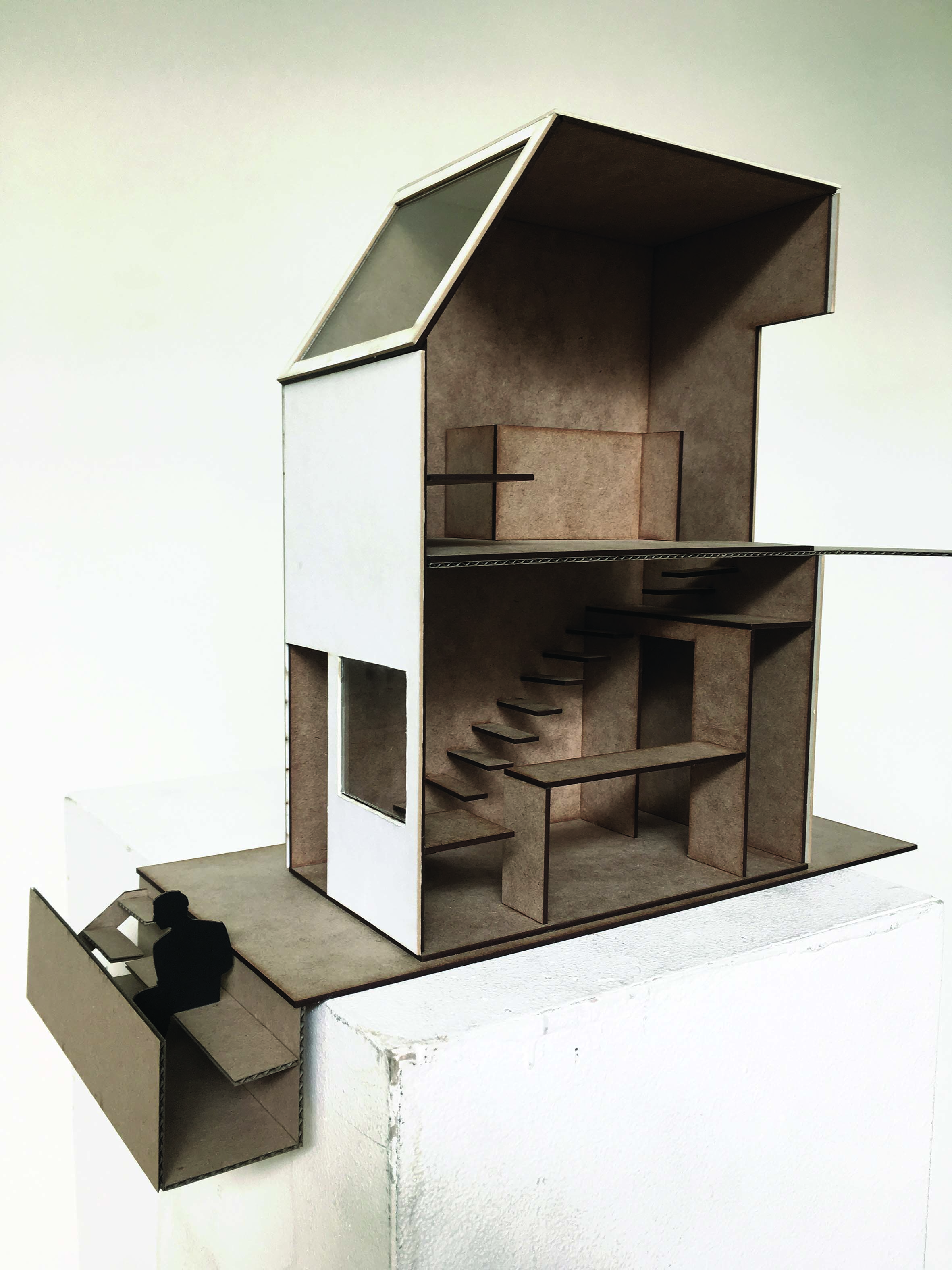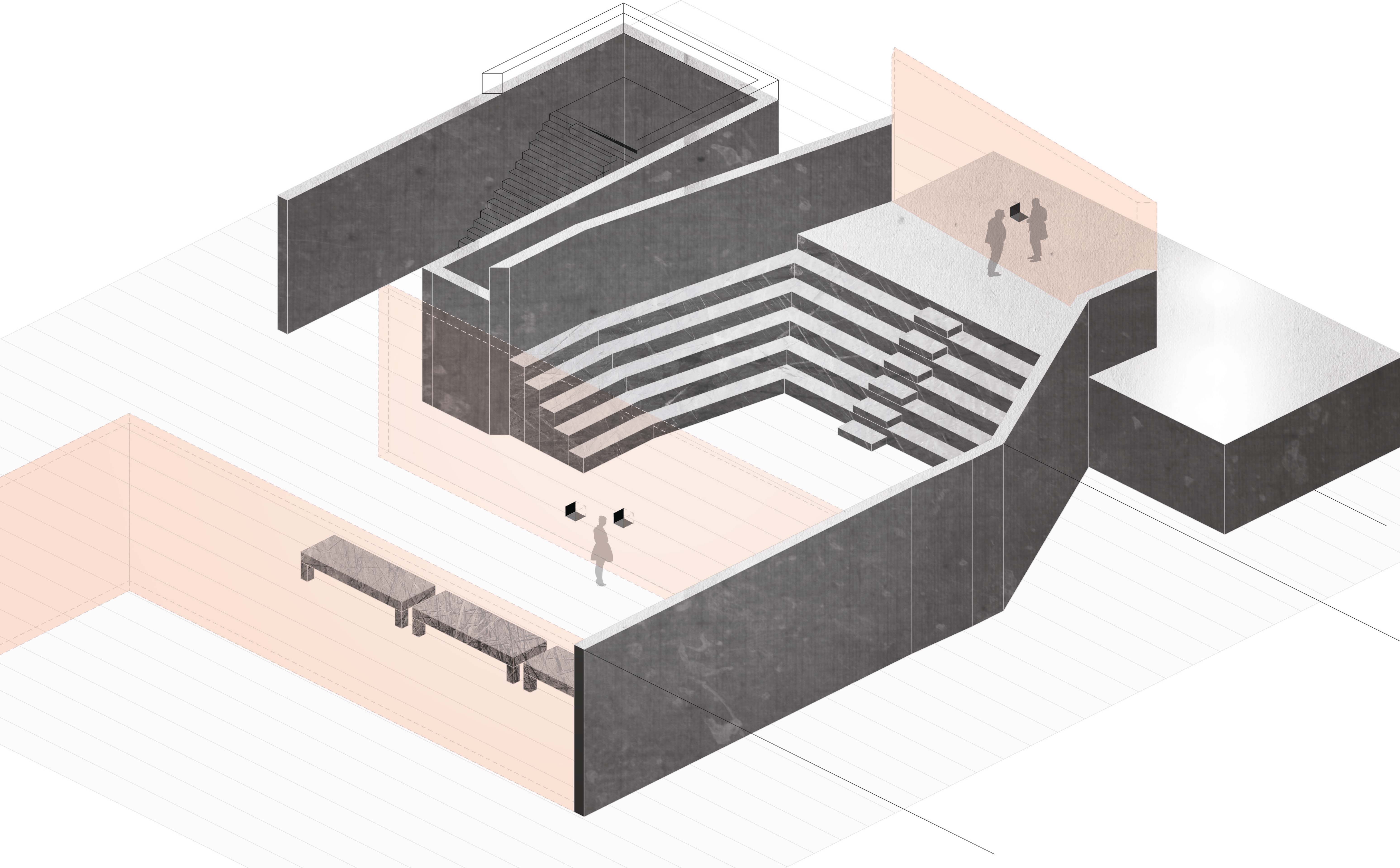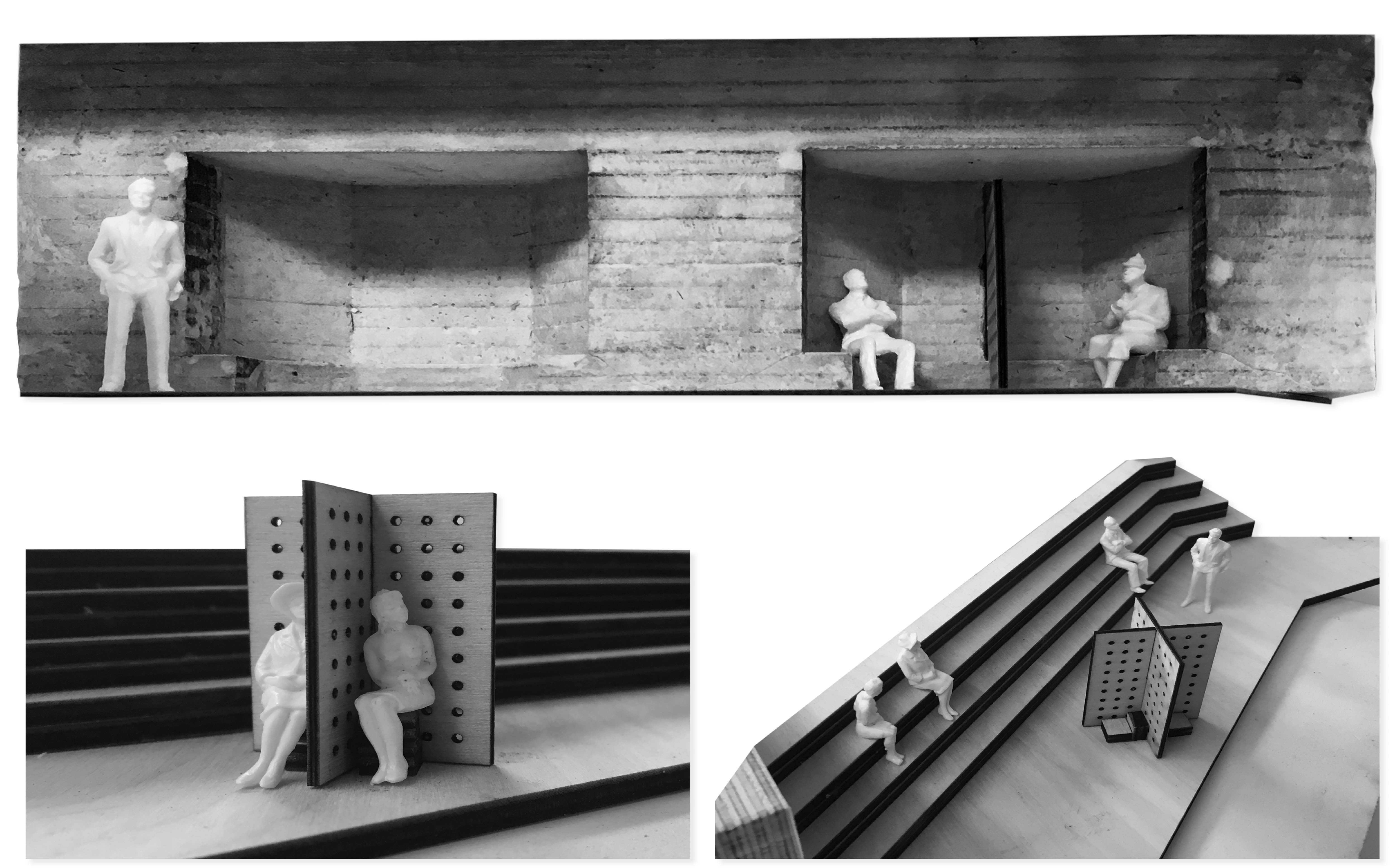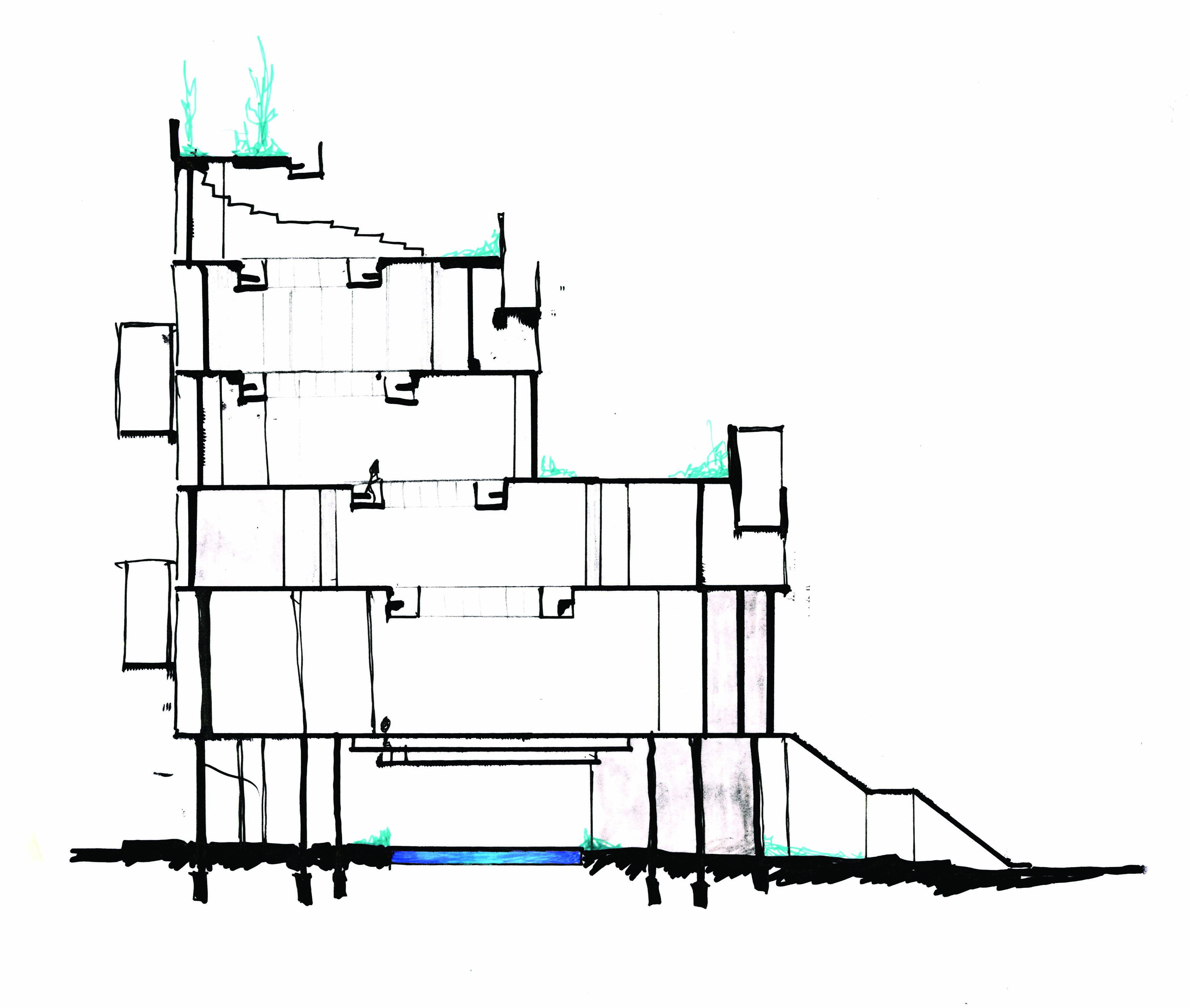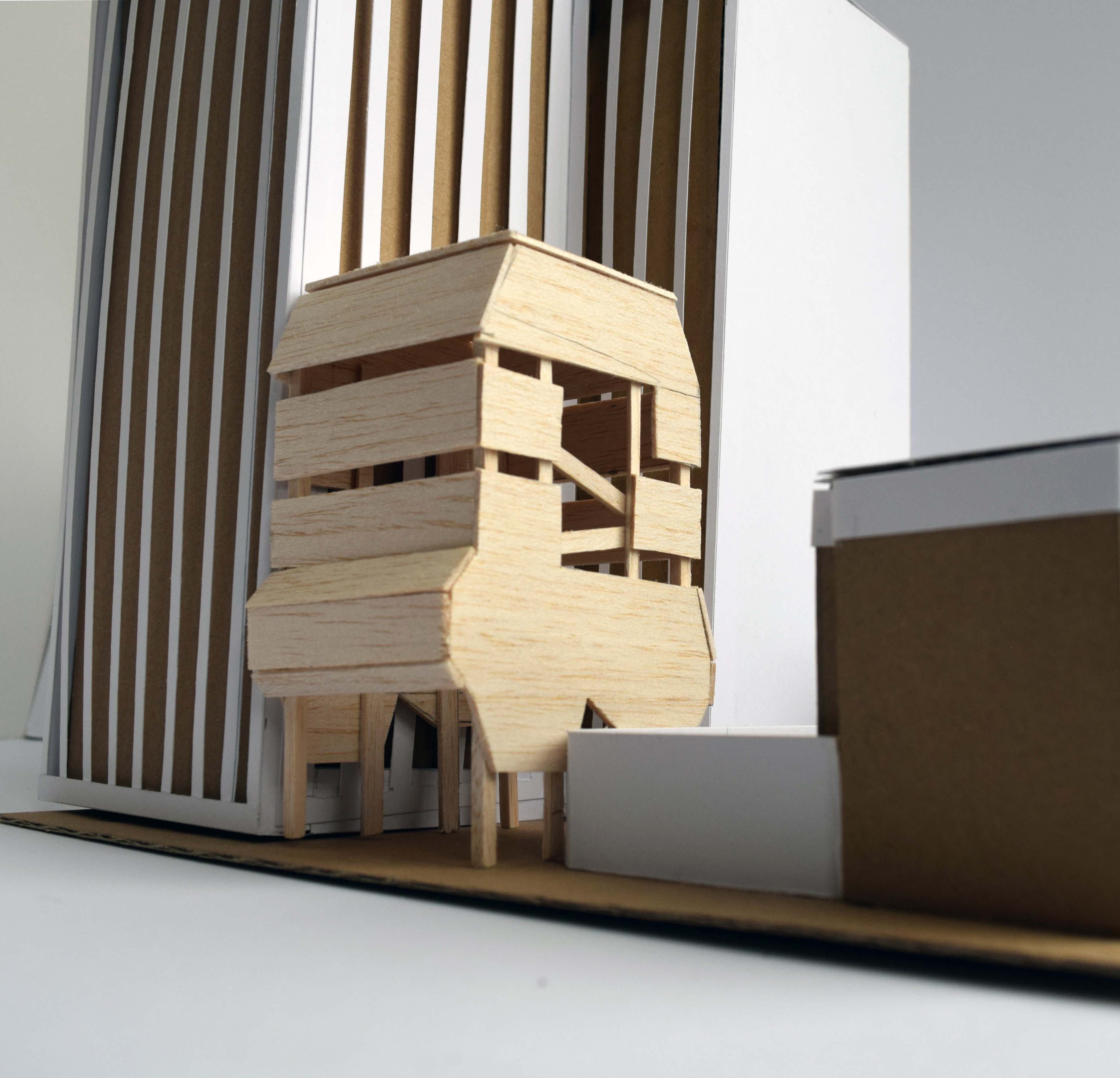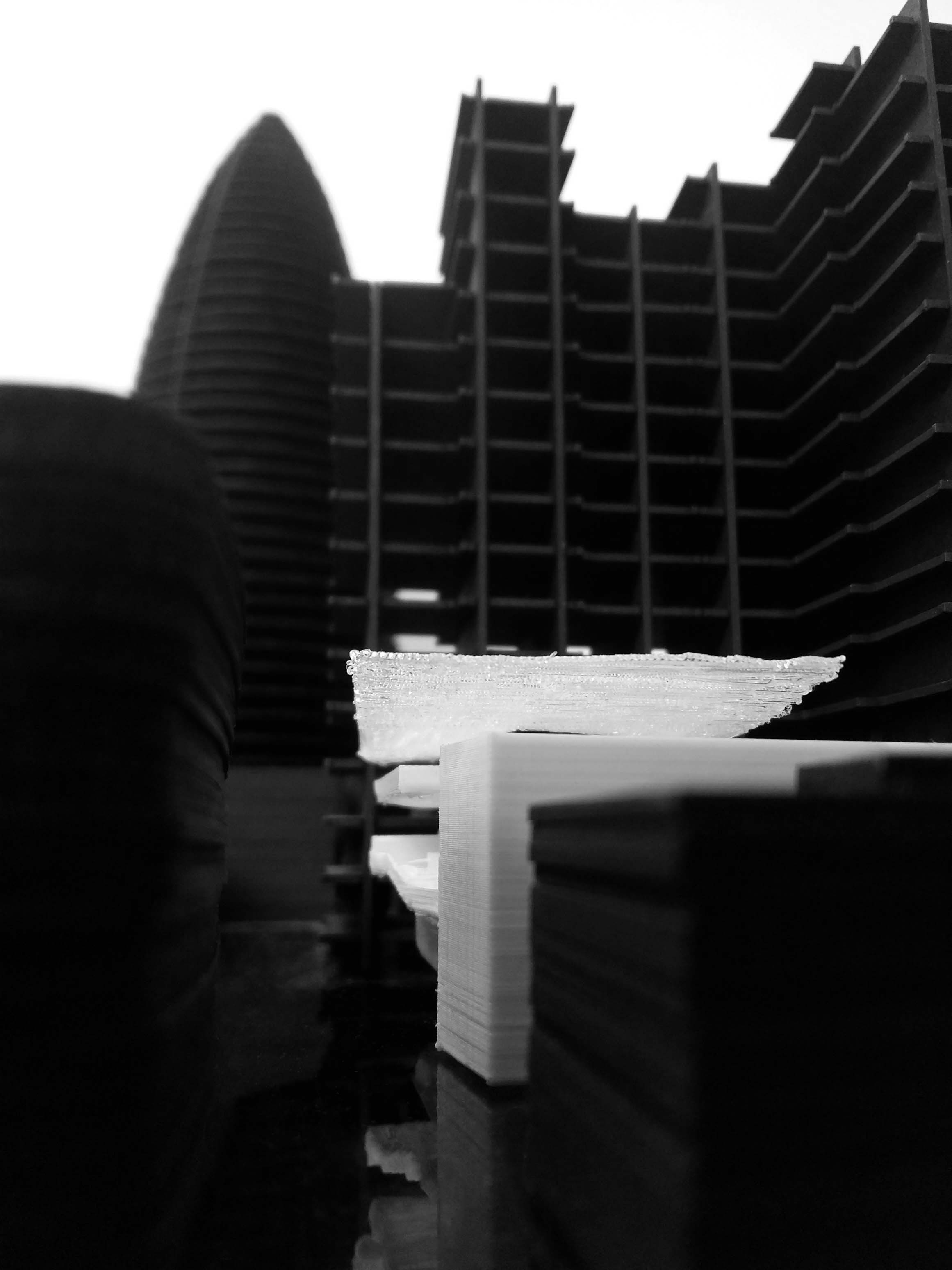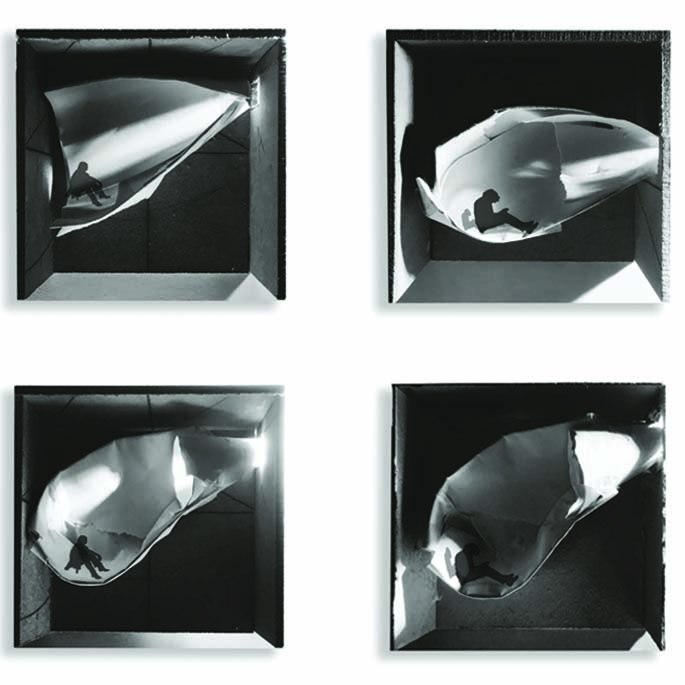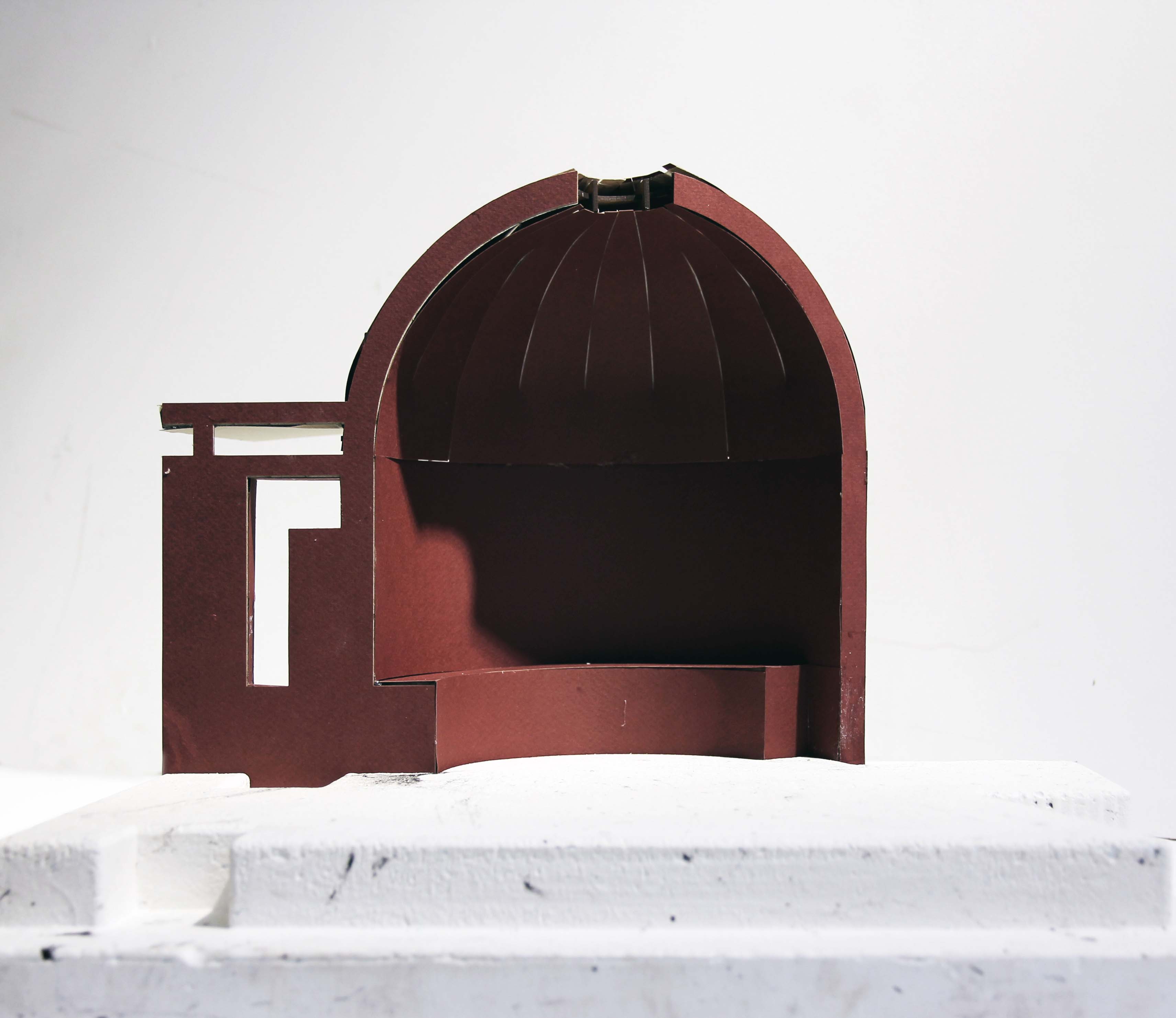Design Studio (Two) One ARCHIVE
YEAR TWO – DS2.1
Tutors: Elantha Evans & Anthony Powis
Elantha Evans is an architect and educator. Her practice work with Serrano Evans Partnership included architectural, interior and object design, balanced with site-specific performance and installations.Her current research explores the ‘space’ for the production of space within the invisible institutional structures of practice and education.
Anthony Powis is an architect and researcher with interests in public space, urban nature, and hybrid landscapes.He has taught at the University of Westminster since 2015.
Urban Ghosts: Redundant | Reimagined
Our starting point for the year was exploring the course of the ‘New River’, constructed to bring fresh water into central London from Hertfordshire. This territory offers diverse physical context and has enabled an exploration of the idea of resource: from public utilities and parks, to social services and health service provision; for the city, the neighbourhood, and the individual. Developing an understanding of the ‘urban’ as shaped by manifold historical and material structures, we ask: how can architectural projects leverage, augment, and articulate existing resources to reimagine particular sites and offer new places?
The study visit to Madrid, Chinchón, Ávila, and Toledo in Spain paid particular attention to the ways in which institutional buildings sit within urban fabric, how they affect public and private space and what presence – literal and symbolic – they have in the city.
Domestic Sanctuary/everyday moments
The brief in semester one required the development of a ‘social hub’ on one of three sites, each having a particular relationship to the New River and linking in with existing health facilities: social prescribing, conduct disorder and hydrotherapy.The sites chosen were clustered around this expansive but redundant waterway as it progresses through Haringey and Hackney, bisecting streets and defining odd and unexpected urban pockets. Notions of sanctuary, domesticity and human interactions were considered key as part of knitting the proposals into a modified urban journey.
Civic Sanctuary/everyday asylum
In semester two, proposals for a ‘civic cog’ were made on a choice of two liminal sites: one in the former peripheral ‘village’ of Stoke Newington, and the other on a layered, historic site near Aldgate, located next to the former London Wall. The brief incorporated a public space, charity headquarters, and small-scale support services. Successful projects demonstrate clarity in social agenda and programme; linking historical context, existing built fabric and institutions; and responding to current socio-political needs.










